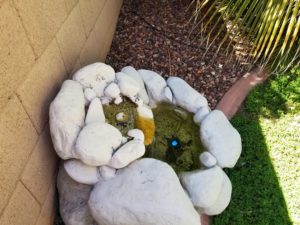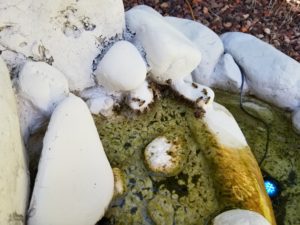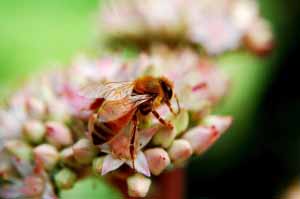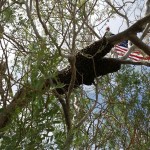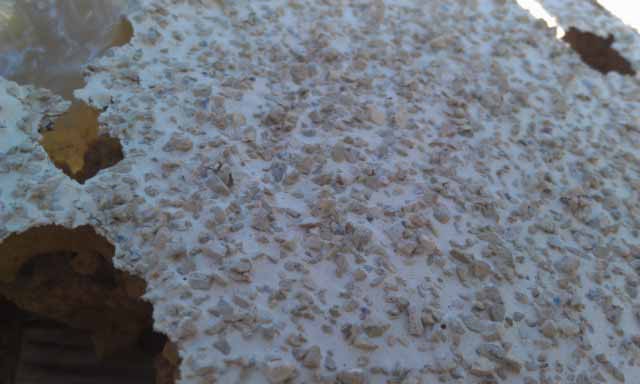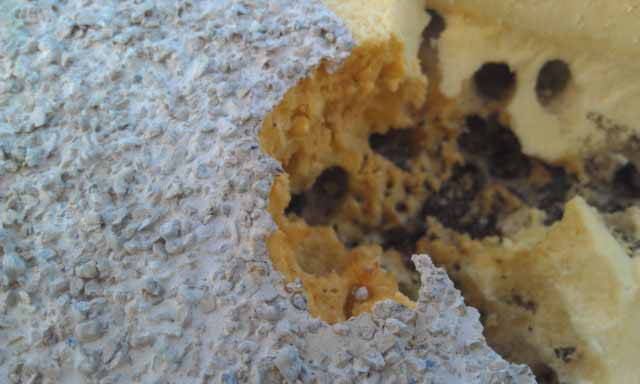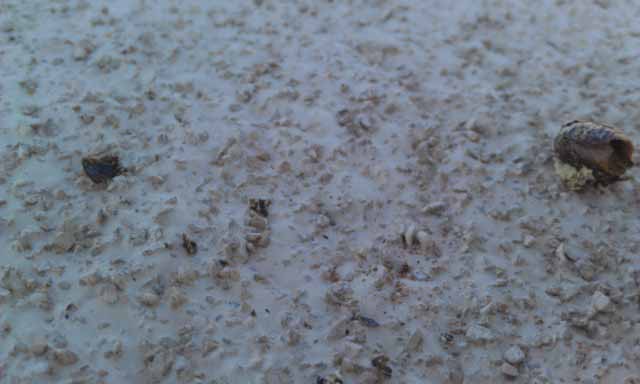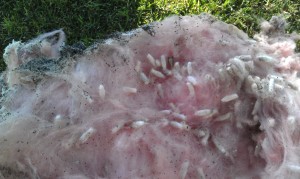Federal Bill Suspending Neonicotinoid Use Forthcoming
An Oregon Congressman last week announced plans to introduce federal legislation suspending certain uses of neonicotinoid pesticides until the U.S. Environmental Protection Agency reviews these chemicals and makes a new determination about their proper application and safe use. The measure specifically suspends the use of neonicotinoids for foliar treatments on bee attractive plants, soil applications and seed treatments within 180 days.
Congressman Earl Blumenaer’s Save America’s Pollinators Act was precipitated by a massive bee kill last month in suburban Portland that state investigators determined was caused by an application of a neonicotinoid pesticide application. here to read Congressman Blumenaer’s press release announcing the Congressman’s intention to drop the bill.
Statementby National Pest Management Association (NPMA) (I wanted to personally share this message as a former beekeeper I’m greatly concerned about these deaths).
Most bees, including bumblebees, are beneficial insects. As such, our industry is firmly committed to the protection of bee health and the vital role bees play in pollinating flowers and crops, thereby strengthening our food supply. The death of tens of thousands of bees earlier this month is undoubtedly an important loss. An investigation is currently underway and although we cannot speculate on the pesticide application process in question, the event stresses the necessity for label instructions to be strictly followed at all times. Pesticide labels are mandates, not recommendations, set forth by the Environmental Protection Agency after years of rigorous testing.


